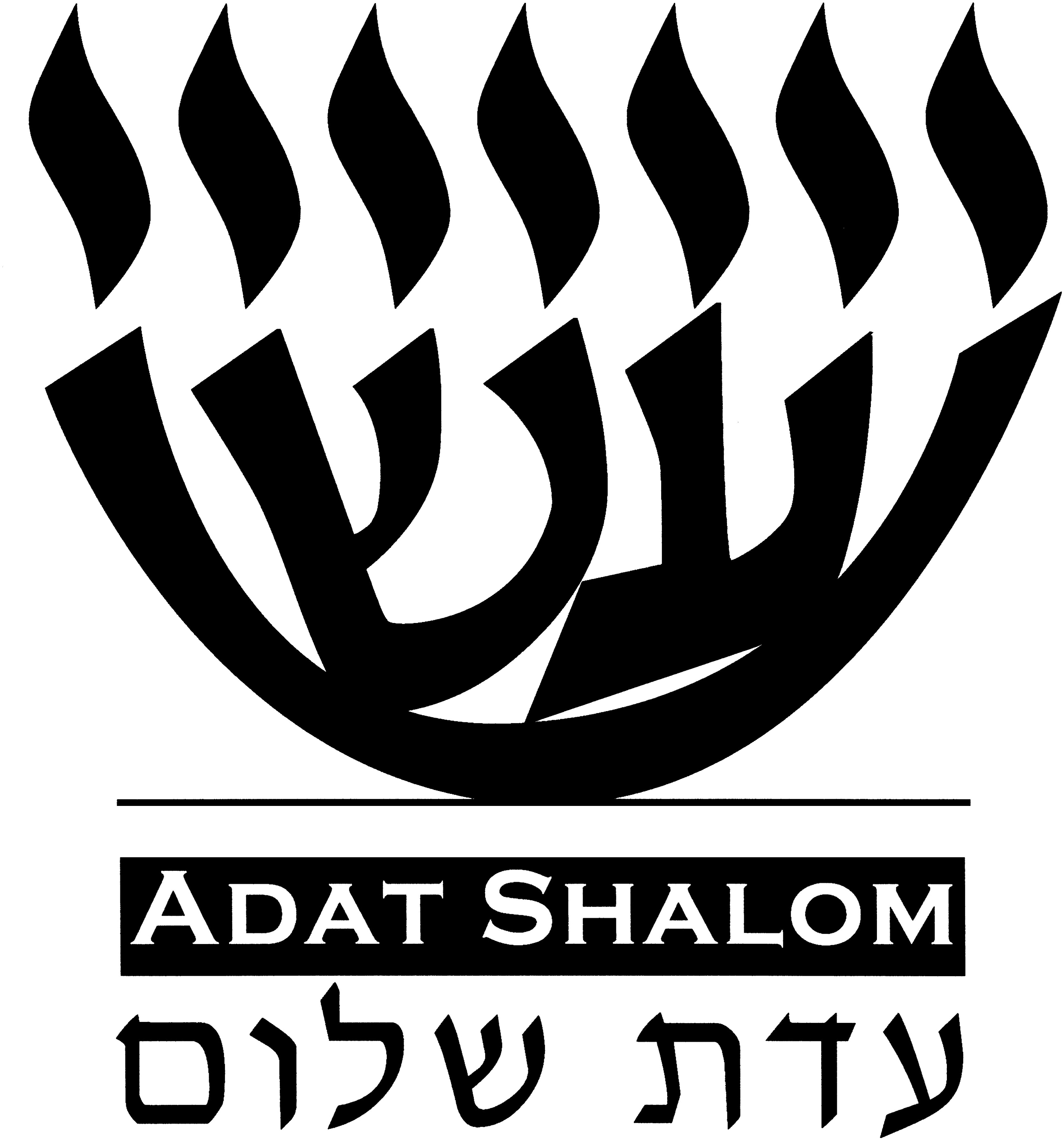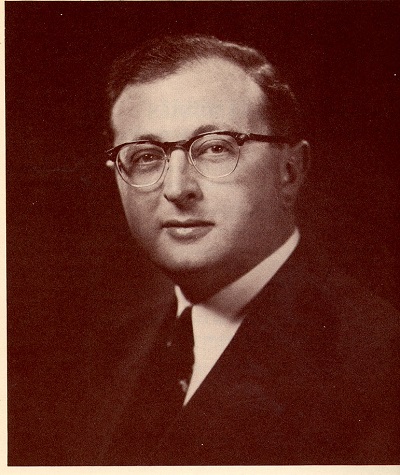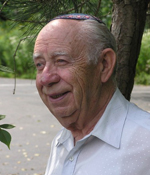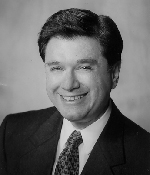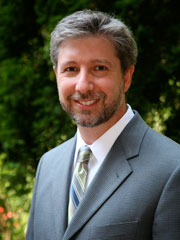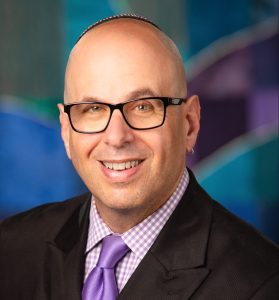Our Story: A Legacy of Faith, Growth, and Community
Adat Shalom Synagogue began in 1943 as a small yet dedicated congregation serving the Jewish community of Northwest Detroit. Founded by 52 members, the congregation was originally named Northwest Hebrew Congregation. Its first High Holy Day services were held in 1944 in a modest building on Livernois near Seven Mile Road, led by a guest rabbi and cantor. Shortly after, in February 1945, the congregation officially joined the Conservative Movement, marking a new chapter of spiritual and communal growth.
Building a Foundation
As membership rapidly expanded, the need for a permanent home became clear. In 1945, the congregation broke ground on Curtis Avenue, welcoming 400 member families by the following year. This growth led to the establishment of a branch of The United Hebrew Schools, the first of its kind in Michigan, uniting a communal Hebrew school with a synagogue. That same year, the congregation secured a 25-acre cemetery, now known as Adat Shalom Memorial Park.
In August 1946, Rabbi Jacob E. Segal became Adat Shalom’s first spiritual leader, guiding the congregation through a period of deepened worship, cultural expression, and educational expansion. Cantor Pavel Slavensky, and later Cantor Nicholas Fenakel, enriched services with music, while the formation of an Institute for Jewish Studies, Sisterhood, and Men’s Club strengthened community bonds. The synagogue’s first Confirmation class took place in 1948.
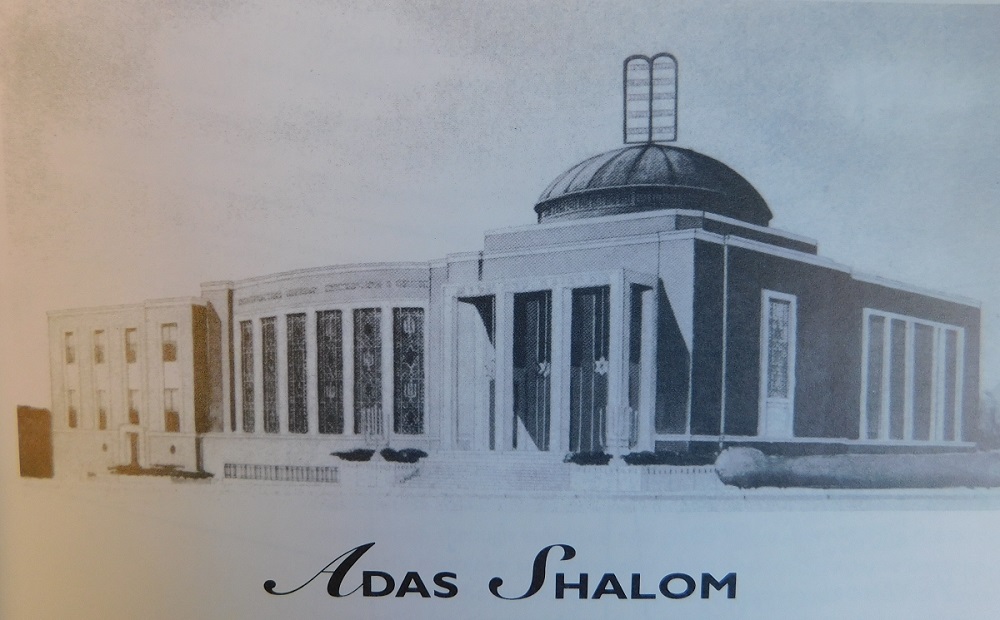
A New Name, A New Era
By 1951, the congregation sought a name reflecting its spiritual mission. The chosen name, Adas Shalom (Congregation of Peace), was officially adopted, and in 1952, a new sanctuary was dedicated. As the congregation flourished, so did its commitment to Jewish education, culminating in the founding of Hillel Day School in 1958, a vision realized through Rabbi Segal’s leadership.
Cantor Larry Vieder arrived in 1960, launching a youth-driven worship initiative that nurtured the next generation of Jewish communal leaders. However, as families moved to the suburbs, the Curtis building became overcrowded. A bold decision was made to relocate to Farmington Hills, marking a transformative period in Adat Shalom’s history.
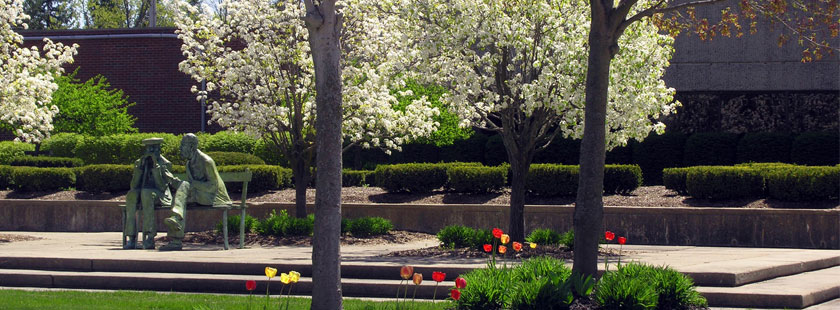
A Home in Farmington Hills
A stunning new synagogue, inspired by the Israel Museum in Jerusalem, was built at Middlebelt and 13 Mile Roads. In 1973, the congregation celebrated its first High Holy Days in its new home. Rabbi Seymour Rosenbloom, who had assisted Rabbi Segal during his illness, became the synagogue’s leader after Rabbi Segal’s passing in 1975. He guided the congregation through its suburban transition, ensuring continued growth and stability.
Rabbi Efry Spectre assumed leadership in 1978, ushering in an era of financial and spiritual revitalization through the Ner Tamid Campaign. Executive Director Alan Yost helped expand synagogue programming, while Rabbi Elliot Pachter and Cantor Howard Glantz strengthened religious life. In 1993, Rabbi Daniel Nevins joined the clergy, continuing Adat Shalom’s legacy of leadership.
A Community Stronger Than Ever
By 1995, Adat Shalom celebrated 50 years of impact, serving over 1,200 families in Metro Detroit and beyond. The synagogue’s Early Childhood Center, youth programs, and adult education offerings flourished, alongside thriving social and spiritual initiatives.
In 1998, Congregation Beth Achim merged with Adat Shalom, reinforcing the synagogue’s role as a central pillar of Jewish life. Over the next two decades, the clergy team evolved, welcoming Rabbi Aaron Bergman (2008), Hazzan Daniel Gross (2009), Rabbi Rachel Shere (2004–2021), Rabbi Daniel Horwitz (2021–2023), and Rabbi Blair Nosanwisch (2022), each contributing to Adat Shalom’s ongoing vibrancy.
Looking Ahead
Adat Shalom has always been more than a synagogue—it’s a home for tradition, learning, and connection. As we embrace the future, we remain dedicated to Jewish education, worship, and community service, ensuring that our legacy continues for generations to come.
